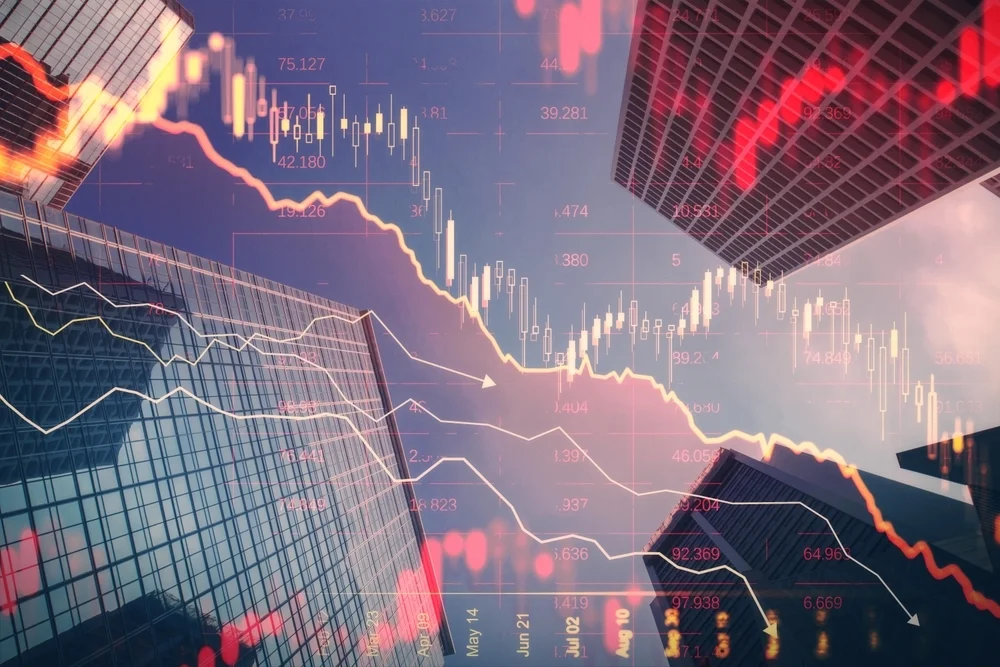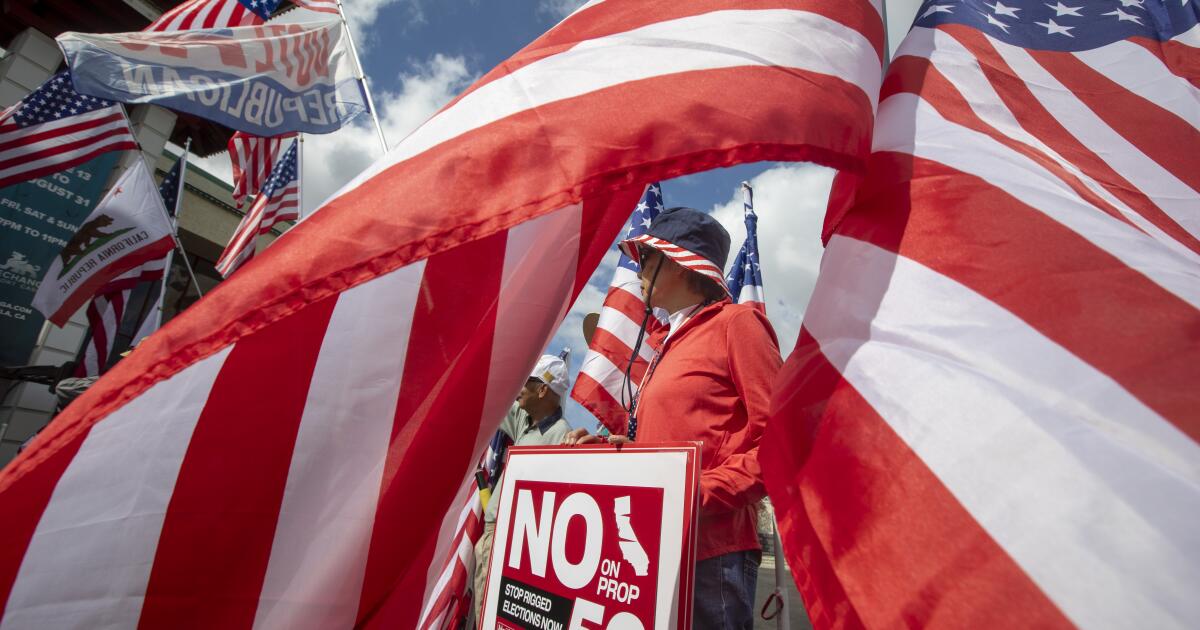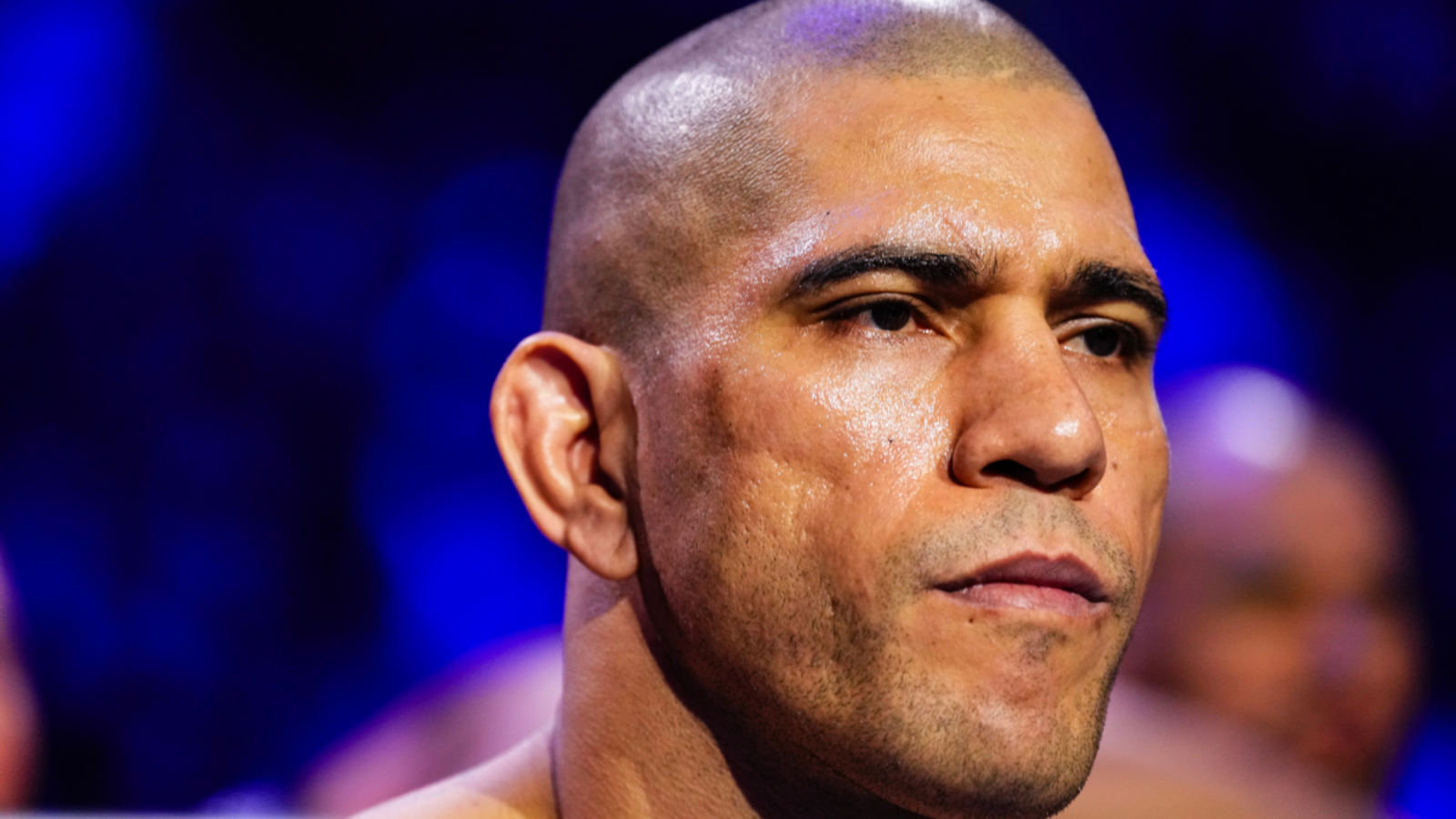
Investors should be on guard: a new market crisis could be looming. Former Goldman Sachs (NYSE: GS) CEO Lloyd Blankfein told CNBC earlier this month that he has a ‘sense of foreboding’ about the markets, even as he admitted feeling ‘very, very good about things,’ warning that ‘we’re due’ for another downturn.
Blankfein, who steered Goldman Sachs through the 2008 financial meltdown delivered one of the most contradictory—and revealing—market takes you’ll hear all year, ultimately advising investors to stay 100% invested in equities.
It’s the kind of paradoxical thinking that defines Wall Street veterans who’ve survived multiple market meltdowns. Blankfein’s positioning reflects a critical lesson for today’s investors: sometimes the best strategy isn’t about timing the market perfectly—it’s about managing the contradiction between what your experience tells you and what the data demands.
Don’t Miss:
A Battery That Lasts 100 Years? Paladin’s Solid-State Graphene System Is Changing How Homes and Businesses Store Power
If there was a new fund backed by Jeff Bezos offering a 7-9% target yield with monthly dividends would you invest in it?
The Goldman Veteran’s Crisis Clock Is Ticking
Blankfein’s warning comes with heavyweight credibility. He pointed to what he calls the historical “crisis of the century roughly every four or five years”— referencing the 1994 bond market crash, 1998’s Long-Term Capital Management collapse, the 2000-2001 dot-com bust, and 2007’s financial crisis. By that timeline, we’re overdue.
“I haven’t felt this good since 2007 or 1994,” Blankfein said to CNBC, periods that preceded significant market downturns. Blankfein, who was in Lower Manhattan on 9/11 and connects his lymphoma to breathing fallout from the World Trade Center collapse, brings a unique perspective on how unforeseen events can reshape markets and lives.
His method for identifying risks involves asking people to imagine a future market crash and then deduce what happened—typically focusing on leverage. Right now, he’s concerned about credit leverage hiding in unexpected places, narrow credit spreads, and massive flows into private credit where investors are “leveraging up” in “odd ways” to “goose their returns,” Blankfein noted to CNBC.
Trending: Backed by $300M+ in Assets and Microsoft’s Climate Fund, Farmland LP Opens Vital Farmland III to Accredited Investors
The Private Credit Time Bomb Nobody’s Talking About
Blankfein’s most specific concern centers on assets being placed into insurance companies and reinsurers. He questions whether those assets are truly worth their stated value and if they’ll cover long-term liabilities, suggesting insurance regulators might need to reassess their worth.
“There’s so much money going to private credit,” he said, highlighting how investors are seeking higher returns through increased leverage in less transparent markets. This echoes concerns among market observers about the rapid growth of private credit, which has ballooned to over $1.7 trillion as institutional investors chase yield in a low-rate environment.
Despite these worries, Blankfein maintains his current market stance represents a “phenomenal moment,” particularly for technology experiencing an “epic moment.” He views the current setup as “pretty benign” because interest rates are about to be lowered into a bull market.
See Also: Shaquille O’Neal Wants People to Take Heart Health Seriously — This AI-ECG Could Make That Easier
The Paradox Strategy That’s Working for Wall Street’s Worriers
Here’s where Blankfein’s approach gets interesting for retail investors. Despite spending his mental energy “99% in the 1% of things that could go wrong”—which he admits causes “a lot of my unhappiness all the time”—he’s fully invested in equities.
His reasoning reflects sophisticated risk management: while there are “a lot of 1% risks,” it’s “not a 1% risk that something bad will happen.” Instead of trying to time a market exit perfectly, he’s focused on positioning within the equity market itself.
Blankfein favors the biggest companies because they’re “positioned to take advantage of the new technologies” and can afford to invest in them, making them “the best ones to go in” despite the fact that “size is the enemy of growth,” he told CNBC. He advises protecting against “tail risks” and looking for “lottery tickets” rather than writing them, suggesting investors move up the “credit curve” and “higher value curve.”
Read Next: $100k+ in investable assets? Match with a fiduciary advisor for free to learn how you can maximize your retirement and save on taxes – no cost, no obligation.



